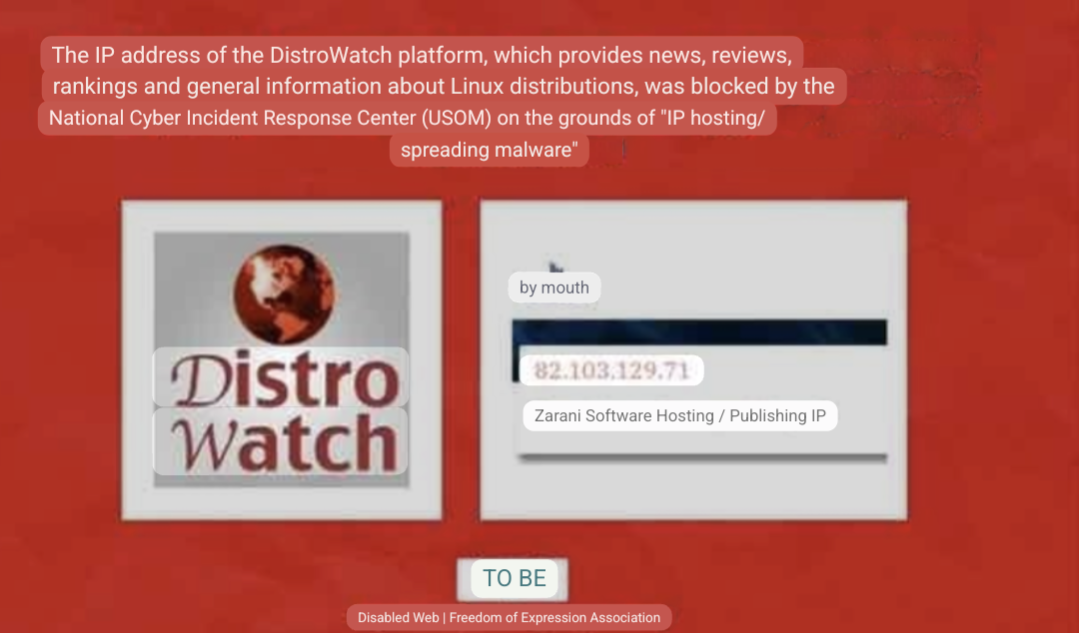I think you’d have to modify the edid, since you’re setting a custom refresh rate, not a hidden one.
I’ve use wxEDID to force enable VRR before.
I think you’d have to modify the edid, since you’re setting a custom refresh rate, not a hidden one.
I’ve use wxEDID to force enable VRR before.
Well, aren’t you glad they’re removing go-git then!


I’ve heard of it, but I didn’t think it was financially viable for an individual to pay for though.


Does it also restore the content of unsaved files of the application?
That’s up to the application.
If not, I’ll prefer
systemctl hibernate. I wonder, what this new feature is for.
I believe this is for storing the position of specific windows, for multi-window applications (e.g. GIMP’s multi-window mode). So hibernation is very unrelated.


I’ve had the same experience, you’re much better off RDPing into the VM. But I’d like to know if anyone has a better solution that doesn’t require an extra GPU.
On Asus motherboards you can enable ‘Memory Context Restore’, and it’ll remember the training. Unfortunately it seems rapid changes in the weather make my system unstable with it on.


cant move services as every other service sucks
What are your requirements?
I use Tidal and I know High/Max quality works in the web UI, just needs widevine support.


if they use AMD that’s better on linux, they don’t need to know what a GPU driver is.
Same goes for Intel, unless they need to use OneAPI.


I’ve seen some that activate an insane number of breakpoints, so that the page freezes when the dev tools open. Although Firefox let’s you disable breaking on breakpoints all together, so it only really stops those that don’t know what they’re doing.
That looks to be Volcanic Islands, which has good support with amdgpu and no support by radeon, according to Wikipedia.
I’m not sure what you meant by “set up radron kernel driver”, but you could maybe try blacklisting it.


I believe if your swap partition is on an encrypted LVM, you can still hibernate with kernel lockdown enabled.
Total Commander
I’ve started recommending Amaze, it’s free, open source, and easy to use.
Although I still use Solid Explorer for myself, but only because I’ve paid for it and know how it works.
Both have SMB support, since copying files to and from my server is pretty much my only need for a file manager.


If you want the latest version of most python apps, I’d recommend using pipx, since it’ll create python virtual environments for each app installed, and won’t mess with system packages.


Here’s the Google Lens translation:

Probably because there’s also permission to use the X11 socket.